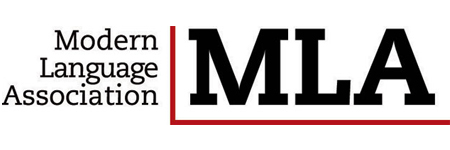A Comparison of Alevi and Shia Practices in the Context of Rituals Before and After Ashura
DOI:
https://doi.org/10.24082/2024.abked.451Keywords:
Ahl al-Bayt, ritual, Ashura, Folk Theatre, Aza (mourning) GroupAbstract
There are many common rituals in the Shia Alevi belief system, which are the same as the fundamental beliefs of the people who march on the road to Ahl al-Bayt, one of which is the philosophical foundation of Alevism, Muharremlik, which is the basis of Shi’ism and the rituals around it. Muharremlik rituals, which are performed to keep the social reminiscence, remembering and Karbala event alive are the visual demonstrations of True’s victory over false. In both Alevism and Shi’ism, the rituals before and after Ashura symbolize the preservation of what is happening in the 7th century with the blood of the most precious of Islam. In the Alevi philosophy, these rituals are the symbol of Hz. Hüseyin’s rebellion against oppression and oppression. It is the process of formation of imamate doctrine in the emergence of this sect in Shiism. In ritual, pain, crying, beating, blood extraction, head splitting etc. applications, similar to the old Turkish yug ceremonies. The mythological origin of Muharremlik rituals is a new version of the old Turkish rites in many respects. Muharremlik, an Islamic form of Yug rituals, represents the manifestation of pain. The most obvious difference between the Muharram rituals of the Alevis and the rituals of the Shiites is the issue of Muharram fasting and the existence of the aza (mourning) group. If Muharram fasting is the key to keeping Karbala alive in Alevism, azadar (mourning) and the Shabih game performed as a theater show, Shiites identify themselves to the time of the Imam Hussein, and transfer it to Hüseyin’s time. All these rituals basically take place in two stages: before Ashura and on and after Ashura.
Downloads
Downloads
Published
How to Cite
Issue
Section
License
Copyright (c) 2024 Journal of Alevism-Bektashism Studies

This work is licensed under a Creative Commons Attribution-NonCommercial-NoDerivatives 4.0 International License.








